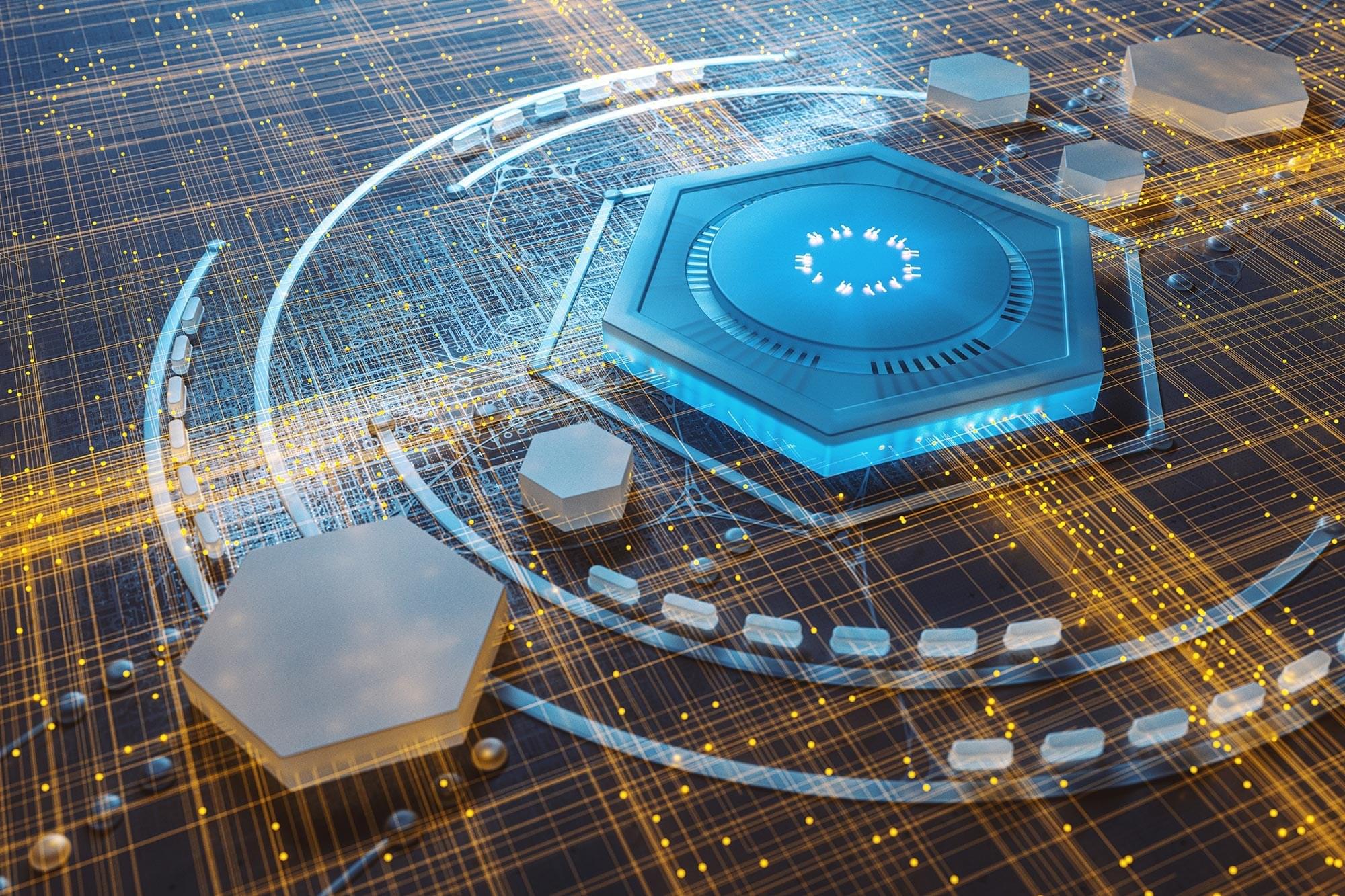A new article examines the history of computing to help outline the direction of quantum research. It reports that quantum technology is advancing quickly, and that the major obstacles now involve expanding the systems to larger scales. Quantum technology is quickly moving beyond experimental set








